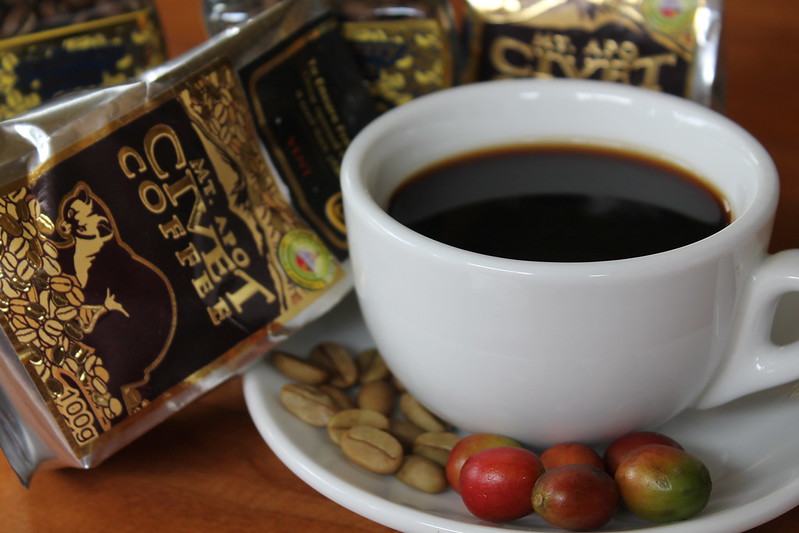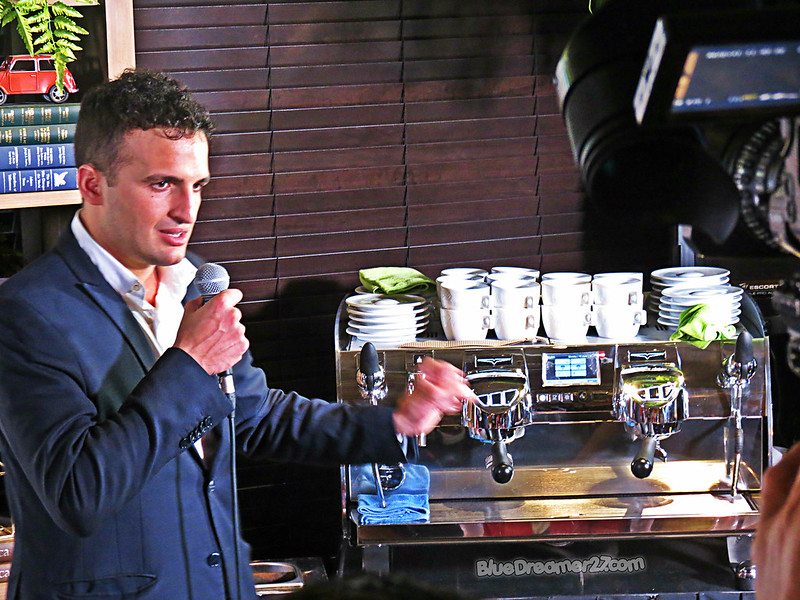Best Coffee Varieties In The Philippines and The Art of Making Coffee
If there is one thing I could not live without, it would be coffee! For a coffee guy like me who typically consume 2 to 3 cups on a daily basis, this beverage has become part of my life and daily routine. Normally, i like my coffee to be strong yet creamy but sometimes, I really don’t mind if it is traditionally brewed or even those commercialized instant coffee as long as it has enough kick to start my day right!
Interestingly, we have so many great varieties of coffee here in our country. Although they all look the same, it came to my attention that we got some high quality coffee variants in our country that we should be very proud of. I grew up enjoying the strong and distinct taste of Kapeng Barako of Batangas but the brewed coffee of Kalinga that we tried last year when we went to Buscalan is equally remarkable.
Did you know that Philippines was once the fourth largest coffee producing nation in the world 200 years ago? Despite the decline, the coffee industry is starting to blossom and efforts are being made to revitalized it and hoping that someday, the coffee industry will go back to its former glory. Listed below are some of the Coffee varieties that grow in the Philippines. Take note that I am not listing the brands but the types of coffee

Photo Credit : TheTummyTrain.com
The Arabica Coffee of Cordillera
Some people used to refer it as the “Kapeng Tagalog”. Since Arabica Coffee is best grown in highlands, the Cordillera region is absolutely a perfect fit. Arabica is characterized as a mild coffee and is notable for its bittersweet taste and distinctive aroma. They said that it is one of the widely consumed variety of coffee in the country. Most coffee farms in Cordillera can be found in areas of Benguet , Ifugao and Sagada but they are also abundant in Southern Tagalog areas like Batangas and Laguna.

Kapeng Barako of Batangas
If you love a coffee with strong flavor, then the Liberica Coffee or more popularly known as the Kapeng Barako will suit your taste! History wise, the first barako tree that came from Brazil was planted on 1800 in Lipa City, Batangas. The production of this particular variety however is not as overwhelming as Arabica and Robusta which made Kapeng Barako a rare specie. This is the reason why a trip to Batangas will not be completed without taking a sip of their famous coffee.

Photo Credit : Primer.com.ph
Robusta Coffee of Southern Tagalog
Probably the most well known variety of coffee in the country is the Robusta. Unlike Arabica, this variety can grow on lowlands which makes them abundant in Southern Tagalog regions most notably the areas of Cavite, Mindoro and Bulacan. Interestingly, 85% of the coffee grown in the Philippines are the lower quality robusta which are largely used for to produce instant coffee that we all enjoy today. A brewed Robusta coffee is notable for its distinctive aroma and sharper flavor. Sultan Kudarat also produces high quality of Robusta with brands like Kape Dulangan and more.

Photo Credit : Primer.com.ph
The Exelsa Coffee of Quezon and Batangas
Unlike Arabica and Robusta, Exelsa coffee only covers seven percent of the country’s entire coffee production but despite of that, this type of coffee is special is many ways. For an instance, it has a very distinct taste that is almost comparable to the sweetness of Jackfruit which is perfectly matched with tempting aroma. Another thing that makes this coffee so special is the fact that it is resistant to dryness or drought and other coffee diseases. The farms can be found in areas like Quezon, Batangas, Bicol and Sorsogon.

Photo Credit: ChoosePhilippines.com
Civet Coffee of Davao and Cavite
For those who are looking for an exotic coffee taste from an exotic source, then you might consider trying the Civet coffee. As what the term suggests, this coffee belongs to Philippine Civet cat. Nope, they are not being slaughtered just to produce this type of coffee. In fact, the source is even more interesting and some might find it quite disgusting. This coffee came from their poo. This tree dwelling animal feeds on coffee berries. The droppings which were washed and cleaned result to a distinctive coffee flavor which has a dark-chocolate like aroma. You can find some of these coffee variety in Davao (most notable brand is the Mt Apo Civet Coffee) and also in Amadeo Cavite (notable brand is Cafe Amadeo). In Southern Luzon, it is commonly known as Kapeng Alamid or Kapeng Musang.
Regardless of what variety of coffee you pick, the taste and the aroma cannot be achieved easily. They are not like 3in1 instant coffee that only requires hot water. There are lots of things to consider in order to produce a best tasting coffee and you can actually achieve such even without visiting your favorite coffee shop. All you need is a little amount of practice, proper coffee making equipment and also the love and passion for coffee.

The Art of Making Coffee
During the Latte Art Showdown I attended last year where World Barista Champ Hidenori Izaki visited Manila for the first time, I’ve learned that making a Latte is not just about stirring or boiling but an ART and surprisingly requires advanced skills to master such craft. This is why we should have high respect for Baristas for their skills and creativity.
Of course, everyone can be a barista too. Well not as skillful as those professional baristas but at least good enough to produce a great tasting coffee. With so many advanced Coffee Makers today, we can have the best tasting coffee at home! Whether you like a Latte, an Espresso or the classic Brew, you can easily achieve them all with any of the most advanced coffee makers that are available on the market today. Interestingly, some coffee makers like the one in VonChef can be operated digitally and you can have a cup of your favorite coffee in just few clicks.

During the Latte Art showdown, we were introduced to bigger coffee making machines like the Victoria Arduino Espresso Machine which is absolutely every Barista’s dream. You can also elevate your coffee-making skills at home through machines like The Barista Express by Breville which allows you to make your own professional-looking Latte.
Making a perfect cup of coffee is more than just blending the ingredients together. It is an art that requires skills and also a perfect formula and right combination of ingredients. Also the freshness of the coffee beans should be highly considered!
How about you, what’s a perfect cup of coffee for you?




Civet coffee sounds interesting! To think you could produce something delicious out of THAT… it boggles my mind. My ideal coffee is very bitter, so I usually go for a traditional Americano with 2 extra shots of espresso. I’ve tried Arabica coffee, and it tastes great. How about the kind of roasts? Like the medium roast, etc. Any thoughts on that?